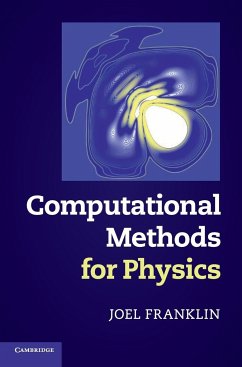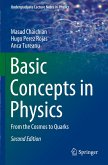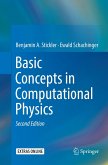There is an increasing need for undergraduate students in physics to have a core set of computational tools. Most problems in physics benefit from numerical methods, and many of them resist analytical solution altogether. This textbook presents numerical techniques for solving familiar physical problems where a complete solution is inaccessible using traditional mathematical methods. The numerical techniques for solving the problems are clearly laid out, with a focus on the logic and applicability of the method. The same problems are revisited multiple times using different numerical techniques, so readers can easily compare the methods. The book features over 250 end-of-chapter exercises. A website hosted by the author features a complete set of programs used to generate the examples and figures, which can be used as a starting point for further investigation. A link to this can be found at www.cambridge.org/9781107034303.
Hinweis: Dieser Artikel kann nur an eine deutsche Lieferadresse ausgeliefert werden.
Hinweis: Dieser Artikel kann nur an eine deutsche Lieferadresse ausgeliefert werden.
'Computational Methods for Physics by Joel Franklin is a numerical analysis text written from the point of a physicist and pitched at upper-level physics students. It is different from what you might see in a text written by an applied mathematician. The core [chapters] of the text ... each ... [discuss] a numerical method ... and ... [have] a section on the physical motivation for needing the technique. In addition there are chapters on chaos and neural networks. Each chapter contains a good list of problems, both mathematical and computational. ... This text is an excellent introduction to using numerical methods ...' Jan Tobochnik, American Journal of Physics








